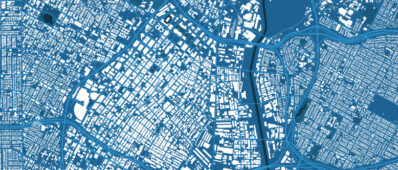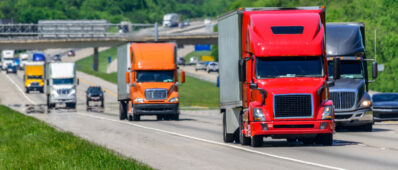Abstract
The goal of this study is to assess and quantify the potential employment accessibility benefits of Shared Autonomous Mobility Service (SAMS) commute modes across a large diverse metropolitan region considering heterogeneity in the working population. To meet this goal, this study employs a welfare-based (i.e. log sum-based) measure of accessibility, obtained via estimating a hierarchical work destination-commute mode choice model. The employment accessibility log sum measure incorporates the spatial distribution of worker residences and employment opportunities, the attributes of the available commute modes, and the characteristics of individual workers. This research further captures the heterogeneity of workers using latent class analysis (LCA). The latent class analysis model inputs include the socio-demographic characteristics of workers to subsequently account for different worker clusters valuing different types of employment opportunities differently. The accessibility analysis results indicate: (i) the accessibility benefit differences across latent classes are modest but young workers and low-income workers do see higher benefits than high- and middle-income workers; (ii) there are substantial spatial differences in accessibility benefits with workers living in lower density areas benefiting more than workers living in high-density areas; (iii) nearly all the accessibility benefits come from the SAMS-only mode as opposed to the SAMS+Transit mode; and (iv) the SAMS cost per mile assumption significantly impacts the magnitude of the overall employment accessibility benefits.



